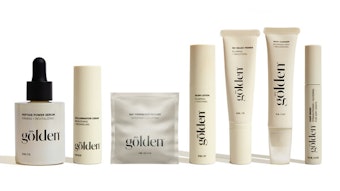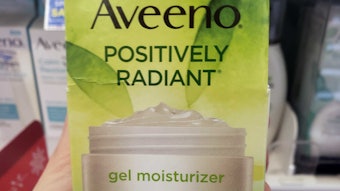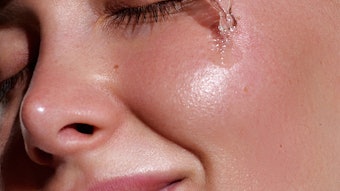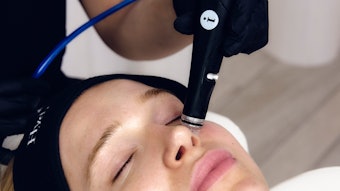A recent study by scientists from the Netherlands, published online in the Federation of American Societies for Experimental Biology (FASEB) journal (www.fasebj.org), identifies a compound in human saliva that is shown to speed wound healing. According to FASEB, this research could potentially offer hope to individuals suffering from chronic wounds related to diabetes or other disorders, as well as traumatic injuries and burns. In addition, because the compounds can be mass-produced, they have the potential to become as common as antibiotic creams and rubbing alcohol, FASEB notes.
Specifically, scientists found that histatin, a small protein in saliva previously only believed to kill bacteria, was responsible for the healing. To reach this conclusion, researchers used epithelial cells from the inner cheek that were cultured in dishes. Researchers then made an artificial wound in the cell layer in each dish by scratching a small piece of the cells away. In one dish, cells were bathed in an isotonic fluid without any additives. In the other dish, cells were bathed in human saliva.
After 16 hr, researchers reportedly noted that the saliva-treated “wound” was almost completely closed. In the dish with the untreated “wound,” a substantial part of it remained open. This indicated that human saliva might contain a factor that accelerates wound closure of oral cells. Because saliva is a complex liquid with many components, the next step was to identify which component was responsible for the healing.
Using various techniques researchers split the saliva into its individual components, testing each on the wound model and determined that histatin was responsible.
According to the report, this study not only answers the biological question of why animals lick their wounds but also explains why wounds in the mouth heal much faster than comparable wounds of the skin and bone. The researches added that it also directs them to begin looking at saliva as a source for new drugs.
This article is scheduled for final publication in the November 2008 issue of The FASEB Journal. For more information, click here.










